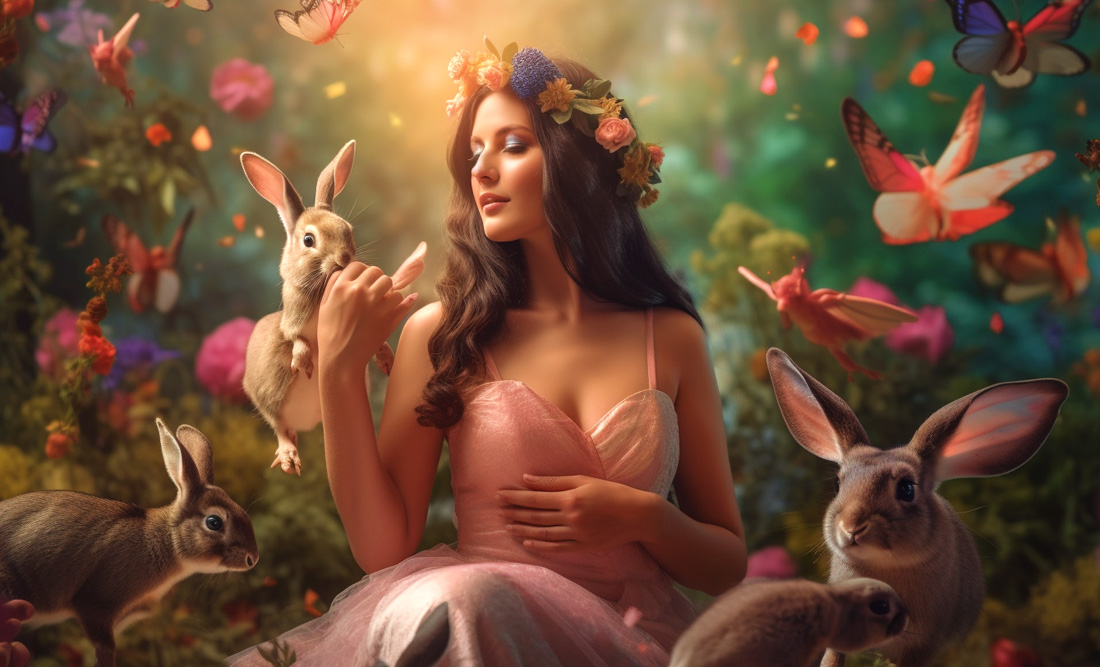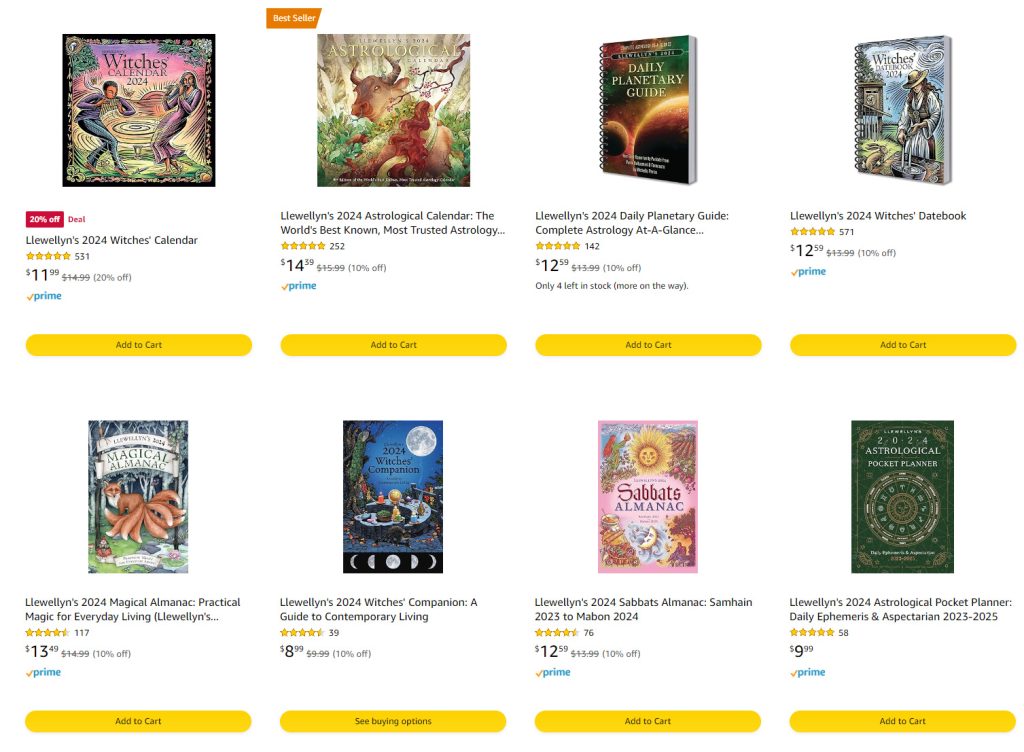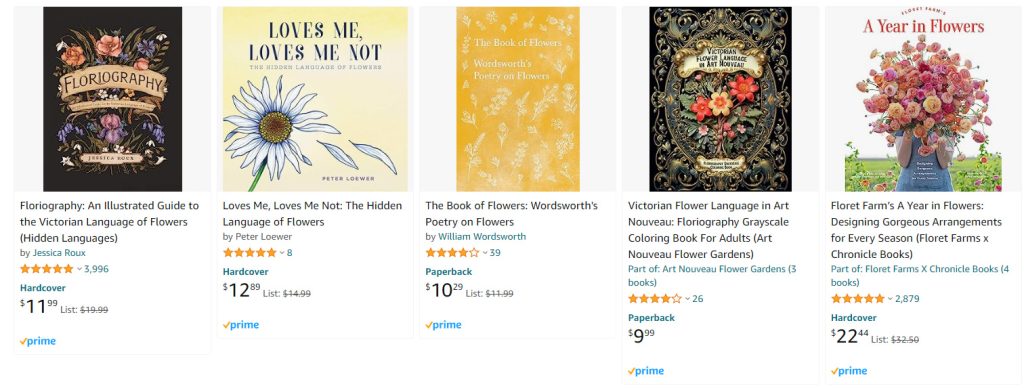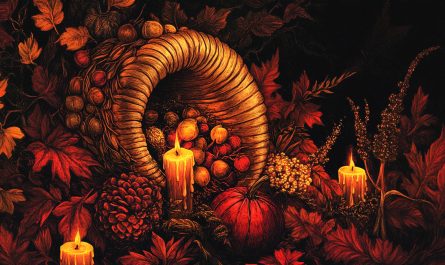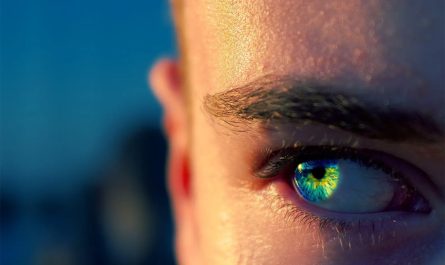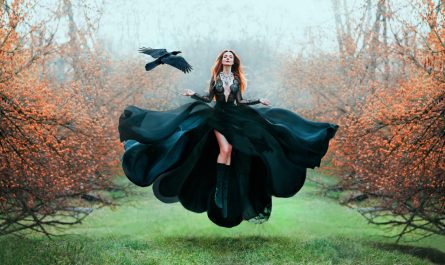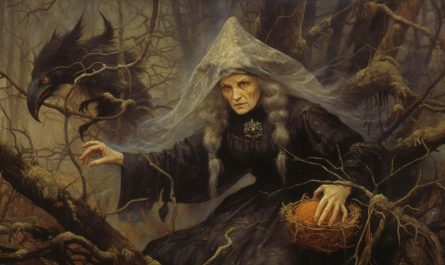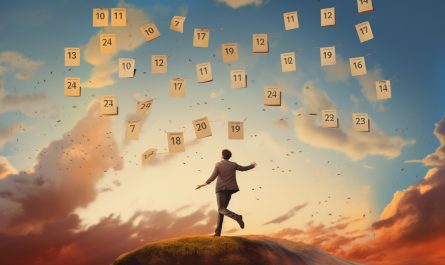Last Updated on March 19, 2024 by Avia
Spring is in the air! With the arrival of warmer weather and blooming flowers, it’s time to celebrate Ostara – the vernal equinox that marks the beginning of spring. But exactly what is Ostara? What’s up with origins and significance? These are questions worthy of pondering. So, I thought I’d delve into all things Ostara and get a good conversation going about the meaning of the vernal equinox. From its history to suggestions about what to do during the spring equinox – get ready to learn about this enchanting holiday and discover how you can incorporate some festive traditions into your life!
Table of Contents
- What is Ostara?
- What is the Origin of Ostara?
- When is the Spring Equinox?
- How is Ostara Celebrated?
- Ostara in Religion, Myths, Legends, and Lore
- Gods and Goddesses Associated With the Vernal Equinox
- What Are Common Symbols Associated with Ostara and Springtime?
- What are the Holidays Associated with the Springtime, Vernal Equinox?
- Things to Do During the Vernal Equinox and Ways to Celebrate Ostara
- Why is the Vernal Equinox so Important?
- Frequently Asked Questions About Ostara and the Vernal Equinox
- Concluding Thoughts About Ostara and the Spring Equinox
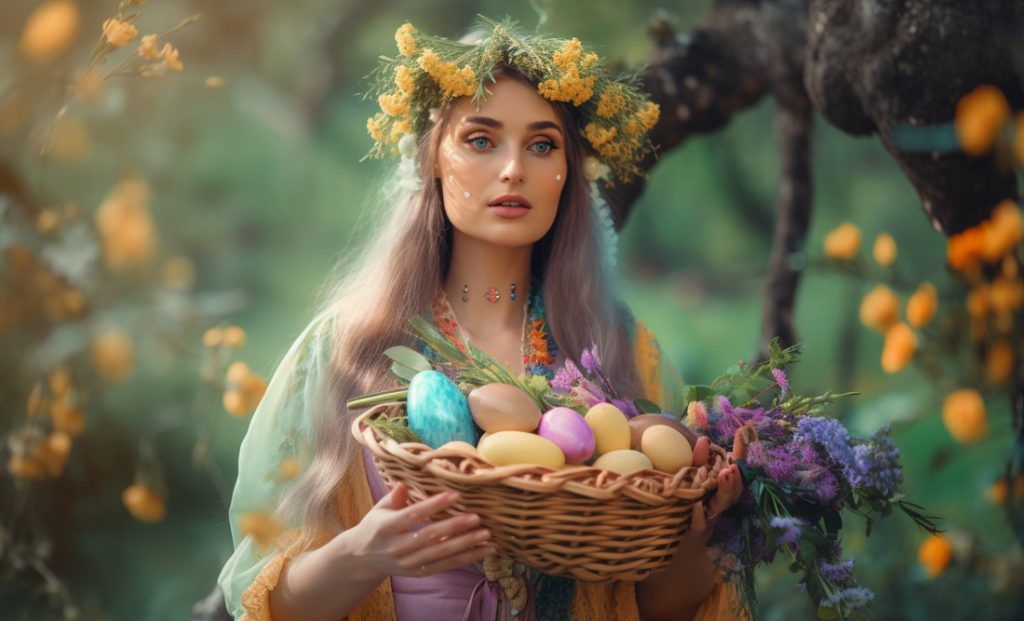
What is Ostara?
Ostara is the Vernal (Spring) Equinox, and falls on March 20th or 21st in the Northern Hemisphere. It is also known as Eostre, who is an ancient Germanic goddess of spring. The holiday celebrates the start of Spring and the fertility of the Earth.
The word “ostara” comes from the Old English word for “east,” which is where the sun rises and it rises straight, due east on the spring equinox. The name Ostara was first seen in mainstream print in Jacob Grimm’s 1835 book Deutsche Mythologie. He wrote that she was a goddess of dawn and light, and her name was derived from the word for east. Her festival was celebrated on the vernal equinox, which is also known as “Eostre’s Day.”
What is the Origin of Ostara?
Ostara is a holiday that celebrates the Spring Equinox and has been observed by Pagans and Wiccans for centuries. As I mentioned earlier, the word “Ostara” is derived from the Germanic goddess Eostre, who was associated with fertility and new beginnings. The Spring Equinox is a time of rebirth and renewal. It’s also a time when the days begin to grow longer and the earth begins to bloom. For many nature & earth-worshipping ilk, Ostara is a time to celebrate the cycle of life, death, and rebirth.
When is the Spring Equinox?
In the Northern Hemisphere, the Spring Equinox falls on March 20th or 21st and September 22rd – 24th in the southern hemisphere.. This is the day when the sun crosses the celestial equator from south to north. The word “equinox” comes from the Latin for “equal night” because on this day, day and night are of equal length. From this point onwards, days will start to get longer than nights.
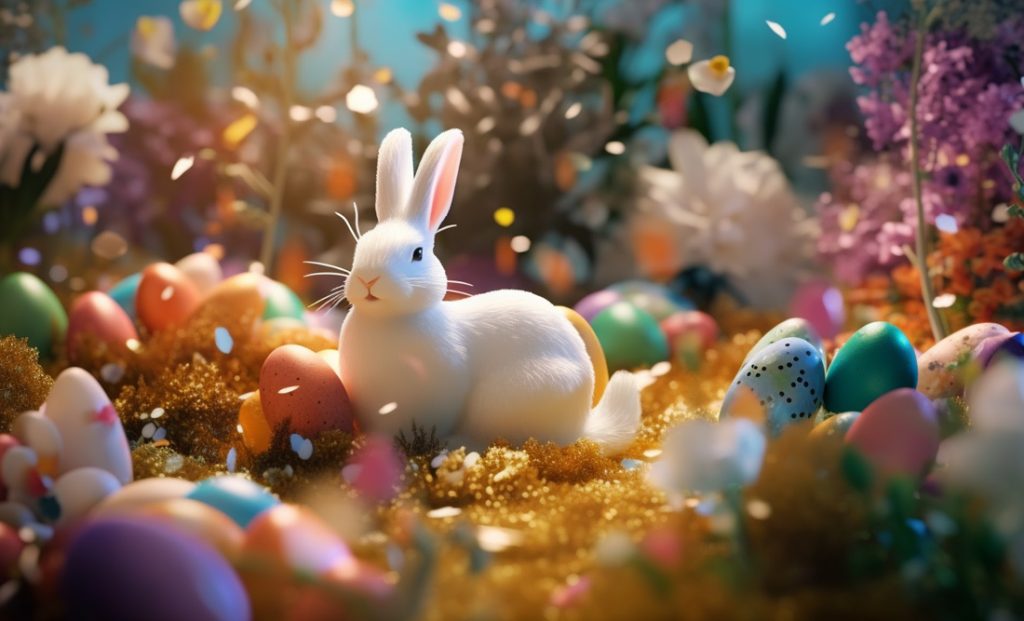
How is Ostara Celebrated?
Now that I’ve (hopefully) answered the question, “What is Ostara?” – let’s take a look ways to celebrate it and various associations with Ostara the goddess, and the spring equinox.
Ostara is celebrated with many of the same traditions as the modern day holiday of Easter. Eggs are often dyed and given as gifts, and Easter baskets filled with treats are commonly exchanged. However, there are also many unique ways to celebrate Ostara that are specific to the holiday.
One popular way to celebrate Ostara is by planting flowers and trees. This is a symbol of new life and growth, which is what Ostara is all about. Another common tradition is making an offering to the goddess Ostara. This can be done by leaving a small gift, such as a flower or piece of jewelry, at a statue or altar dedicated to her.
There are also many different ways to decorate for Ostara. One popular decoration is the maypole, which is often decorated with ribbons and flowers. Eggs are also a common decoration, as they symbolize springtime and new life. Whatever way you choose to celebrate Ostara, make sure it’s filled with joy and happiness!
Ostara in Religion, Myths, Legends, and Lore
In paganism, Ostara is the goddess of spring. She is associated with the vernal equinox, which is the first day of spring. Ostara is also known as Eostre, Eastre, or Oestre. In Germanic mythology, she is a goddess of fertility and new beginnings.
Ostara was originally a pagan holiday celebrated by the Germanic people. It was later Christianized and became known as Easter. The holiday (Easter) celebrates the resurrection of Jesus Christ. However, many pagans still celebrate Ostara as a fertility festival.
There are many different stories and legends about Ostara. One popular legend tells the story of how she found a wounded bird and nursed it back to health. The bird was so grateful that it laid an egg for her. This egg is said to be the very first Easter egg.
Another legend says that Ostara turned a wicked human into a hare. Every year on Ostara, the hare would lay eggs for children to find. Interestingly, Ostara is associated with rabbits and eggs. Rabbits are a symbol of fertility, and eggs represent new life. These symbols are often seen during Easter celebrations
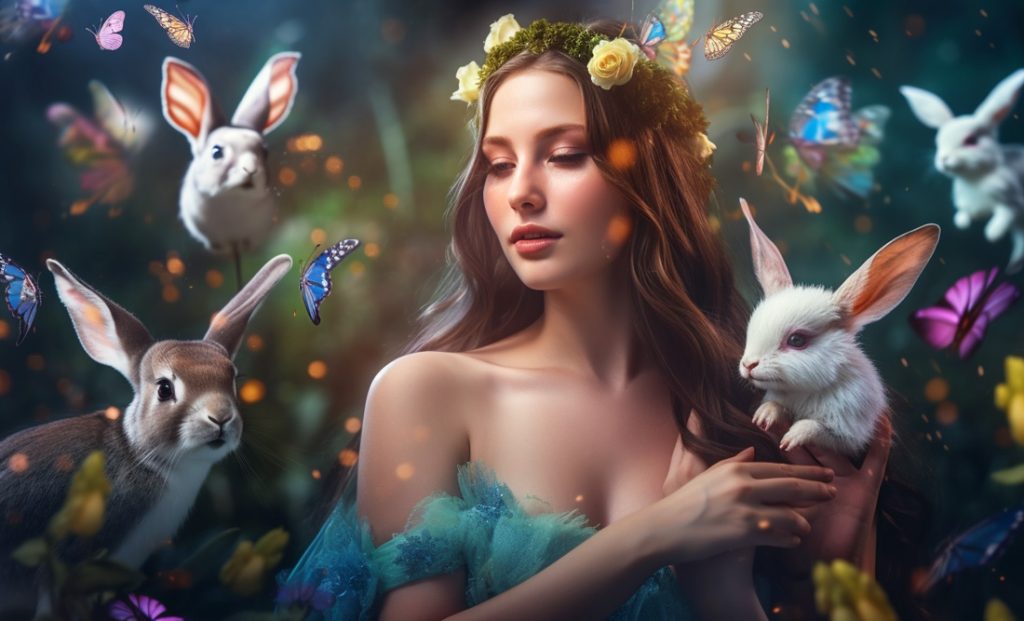
Gods and Goddesses Associated With the Vernal Equinox
Ostara is a time to celebrate the rebirth of the natural world and the coming of spring. For many Pagans, it is a time to honor the Goddess of Spring, whether that be Persephone, Ostara, or another deity associated with the season. The Vernal Equinox is also a time to celebrate fertility and new beginnings.
There are a variety of gods and goddesses associated with the Vernal Equinox and the season of spring. Ostara, as the Germanic goddess of spring, is one of the most well-known deities associated with this time of year. She is often depicted as a young maiden bringing forth new life and fresh beginnings. Other goddesses associated with spring include Persephone, who represents renewal and hope; Athena, goddess of wisdom and war; and Aphrodite, goddess of love and beauty.
Gods associated with springtime include Apollo, god of the sun; Zeus, king of the gods; Thor, god of thunder; and Freyr, god of fertility. These deities represent different aspects of the season, from new growth and fertility to strength and power. Whether you honor one god or many during Ostara, this is a time to celebrate new beginnings and the coming of spring.
What Are Common Symbols Associated with Ostara and Springtime?
Some of the most common symbols associated with Springtime and Ostara are Easter eggs, bunnies, and flowers. These symbols are often used to represent new life and growth. For example, eggs are often used as a symbol of new beginnings. Bunnies are commonly associated with fertility and reproduction. And, flowers are associated with the blooming of new life.
Lambs and other sweet, tender creature-babies who are typically born in the spring are also symbolic of the vernal equinox. Butterflies, because they symbolize renewal, beauty, and life are also associated with Ostara and spring. Birds, such as bluebirds and red, red, robins bob bob bobbing are also symbols associated with the signs of spring. For more animals associated with spring, check this out.
Want more? Me too! That’s why I’ve also got this for you on Whats-Your-Sign:
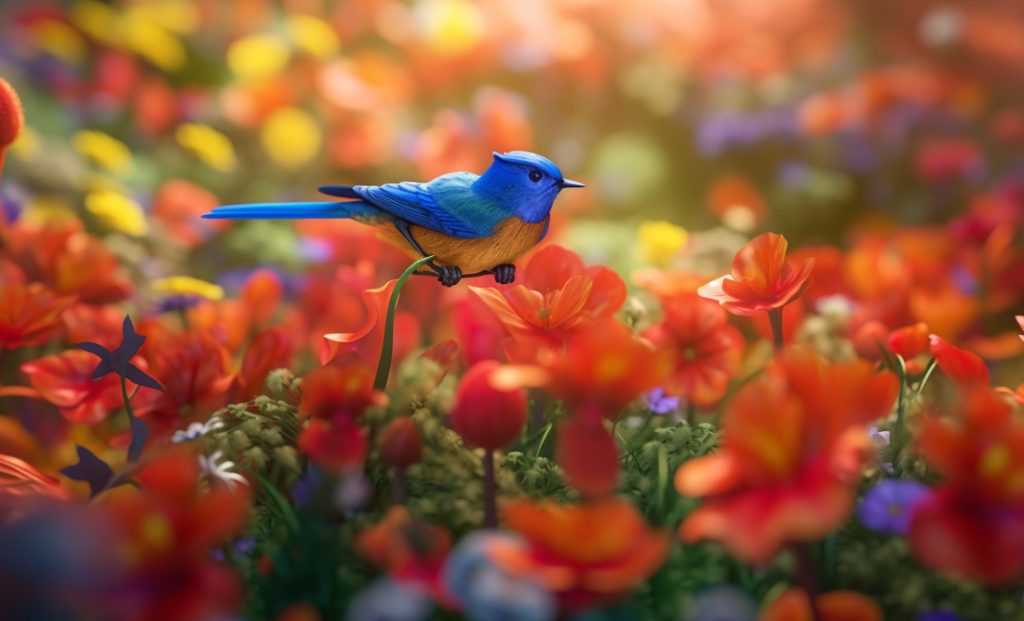
What are the Holidays Associated with the Springtime, Vernal Equinox?
When it comes to the holidays associated with the springtime vernal equinox, there are quite a few to choose from. For starters, there’s Easter, which is perhaps the most well-known of all the spring holidays. Another holiday that falls around the spring is Easter, also associated with the return of life to the earth. Beltane (May 1st) is a holiday celebrated by many pagans and Wiccans, which is another popular choice for those looking to celebrate spring. And finally, May Day, a holiday with roots in ancient pagan celebrations, is also often observed as a springtime holiday.
Things to Do During the Vernal Equinox and Ways to Celebrate Ostara
In many pagan and Wiccan traditions, the Vernal Equinox is a time of new beginnings, when the Earth is reborn after the dark days of winter. For many pagans, it is a time to celebrate the goddess Ostara, who brings new life to the world.
There are many things you can do to celebrate Ostara and the Vernal Equinox. Here are a few ideas:
- Spend time outdoors enjoying the warmer weather and longer days. Take a hike in the woods, or go for a walk in your local park.
- Plant something! Whether it’s starting a garden, or simply potting some spring flowers, get your hands dirty and watch new life grow.
- Make Ostara-themed crafts like Easter eggs, bunny rabbits, or flower wreaths. Get creative and have fun!
- Gather with friends or fellow pagans to celebrate. Have an Ostara feast, share stories and songs around the campfire, or dance under the light of the Full Moon.
Why is the Vernal Equinox so Important?
The Vernal Equinox is the astronomical first day of spring. It’s also known as the March Equinox or the Spring Equinox. The name “vernal” comes from the Latin word for spring, ver. On the Vernal Equinox, day and night are nearly equal in length. After the Vernal Equinox, days get longer and nights get shorter. The Vernal Equinox is important to many Pagans because it marks the beginning of the solar year. For Wiccans, it’s one of eight Sabbats, or holidays.
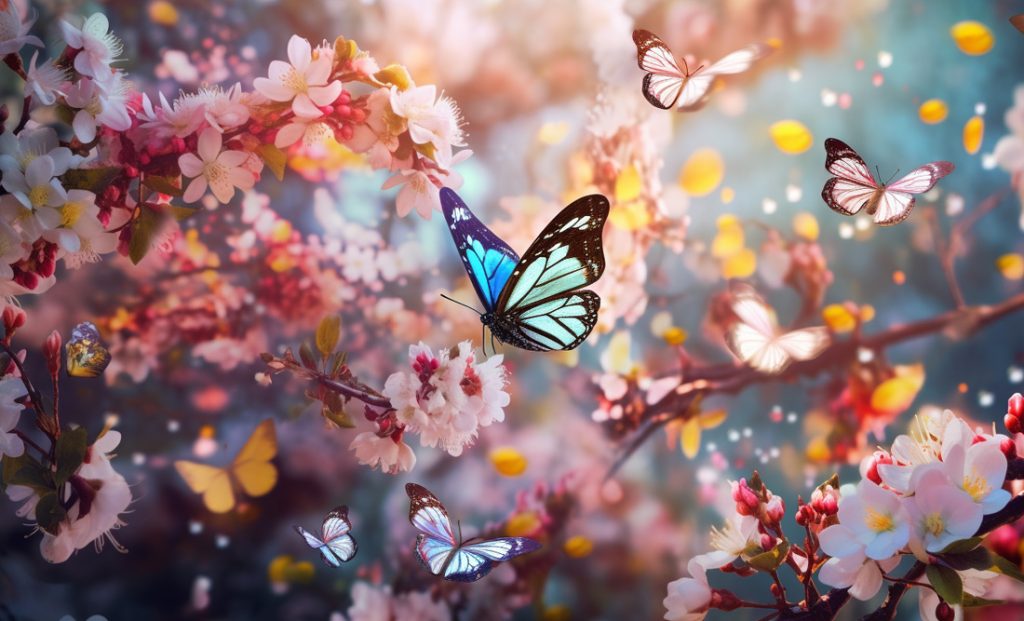
Frequently Asked Questions About Ostara and the Vernal Equinox
Ostara is the Pagan festival that celebrates the Vernal Equinox, the first day of spring. It is a time of rebirth and renewal, when the days and nights are equal in length.
The Vernal Equinox (also called the Spring Equinox) is the astronomical start of spring. It occurs on March 20th or 21st every year in the northern hemisphere and around September 22 – 23rd in the southern hemisphere.
Pagans celebrate Ostara as a time of rebirth and renewal. The days and nights are equal in length, so it’s a perfect time to start new projects or begin new journeys.
Some common Ostara symbols include eggs, rabbits, and flowers. Traditions include decorating eggs, baking cakes or cookies in the shape of rabbits, and giving flowers to friends and loved ones.
Concluding Thoughts About Ostara and the Spring Equinox
So, now, what is Ostara, again? Ha – well, it’s a lot of things, as we can see. At it’s simplest, Ostara is a time of rebirth and renewal. The days are getting longer, the weather is getting warmer, and the natural world is coming back to life. This is a time to celebrate new beginnings and start fresh projects.
The Vernal Equinox marks the astronomical first day of spring. It occurs when the sun crosses the celestial equator, equalizing day and night. In the Northern Hemisphere, this happens around March 20-21. For Pagans and Wiccans, Ostara is one of the most important holidays of the year.
There are many ways to celebrate Ostara. Some people decorate eggs, plant gardens, or make special meals. Others hold rituals or ceremonies to honor the changing season. However you choose to celebrate, Ostara is a time to rejoice in the return of life on the land after a long winter.
Mighty brightly,
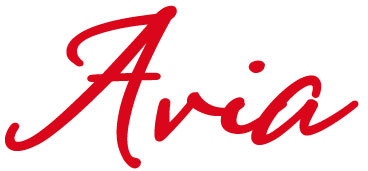
© Copyrighted. All Rights Reserved.
